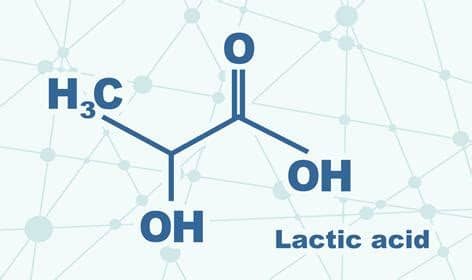
The Impact of Lactic Acid on Race Day
The Impact of Lactic Acid on Race Day Performance
When it comes to race day, every second counts. For racing pigeon fanciers, understanding what impacts performance isn’t just useful – it’s essential. One major, yet often underestimated, factor is lactic acid buildup. This metabolic byproduct can make the difference between a top placement and a disappointing finish. In this blog, we’ll explore the science behind lactic acid in racing pigeons, how it affects performance, and what you can do to delay and reduce its effects with smart nutrition and hydration.
What Is Lactic Acid and Why Does It Matter?
Lactic acid is produced in the muscles during anaerobic respiration – that is, when oxygen levels drop during intense physical exertion, such as a race. While it’s a natural part of energy production, excess lactic acid causes muscle fatigue, cramps, and reduced flight efficiency.
In pigeons, this buildup happens when energy demands outpace oxygen availability. As a result, energy is generated through anaerobic metabolism, which leads to acid accumulating in the muscle tissues.
Key Takeaway:
Lactic acid isn’t inherently bad, but excess levels impair wing muscle function and slow post-race recovery.
How Lactic Acid Affects Race Day Performance
1. Slower Muscle Contractions
Acid buildup interferes with the electrical signals that control muscle contractions. For pigeons, this translates to weaker wingbeats and slower flight speeds.
2. Reduced Oxygen Delivery
Lactic acid alters the blood’s pH, impacting how efficiently red blood cells release oxygen to muscles. This creates a feedback loop: less oxygen means more anaerobic respiration, which means more lactic acid.
3. Early Fatigue
Elevated lactic acid levels cause muscles to tire more quickly. Even well-trained birds may struggle to maintain pace, particularly in hot or humid weather.
4. Delayed Recovery
Post-race, pigeons must clear acid from their system to recover. If lactic acid remains high, birds will show signs of lethargy, heavy breathing, and muscle stiffness.
Factors That Influence Lactic Acid Accumulation
Training Level
Poorly conditioned birds accumulate lactic acid more quickly. Progressive endurance training increases tolerance.
Weather Conditions
High temperatures and humidity reduce oxygen availability, increasing reliance on anaerobic metabolism.
Race Distance
Longer races put more strain on the body, making it harder to keep lactic acid levels under control.
Diet and Hydration
A pigeon’s pre-race nutrition directly affects how well they handle exertion. Inadequate hydration, for example, leads to dehydrated muscles that are more prone to acid stress.
How to Prevent Lactic Acid Buildup on Race Day
1. Optimize Pre-Race Nutrition
Feeding grains high in energy and easily digestible fats (like corn and safflower) gives birds the fuel they need to power through races. Supplementing with amino acids, B-complex vitamins, and organic acids can also buffer lactic acid production.
Tip: Add PHP Recovery Boost or a similar product that contains lactate-buffering compounds for peak race-day readiness.
2. Prioritize Hydration
Water is essential for muscle function and acid clearance. Offer clean water with added electrolytes before and after the race.
Recommended: Use PHP Electro Boost to replace lost minerals and support faster muscle recovery.
3. Schedule Smart Training
Build up endurance gradually. Introduce interval training sessions and monitor return times to avoid overexertion.
4. Post-Race Recovery Routine
Once the race is done, your work isn’t over. Warm baths, gentle wing massages, and supplements designed to clear lactic acid will help your birds bounce back quickly.
PHP Recovery Kit contains a blend of electrolytes, antioxidants, and amino acids ideal for clearing acid and repairing muscle tissue.
Signs Your Pigeon Is Struggling With Lactic Acid
- Sluggish return from a race
- Heavy breathing and wing droop
- Delayed muscle recovery
- Dehydration symptoms
- Refusal to eat or drink post-race
If you notice these signs regularly, your bird may need better race preparation, nutrition, or recovery support.
Final Thoughts: Give Your Birds a Competitive Edge
Lactic acid buildup can rob even your strongest flyers of their full potential. But with the right nutrition, hydration, and training strategy, you can help your birds fly longer, recover faster, and perform at their peak.
Whether you’re aiming for weekend wins or national prestige, every detail counts. Start with the fundamentals:


